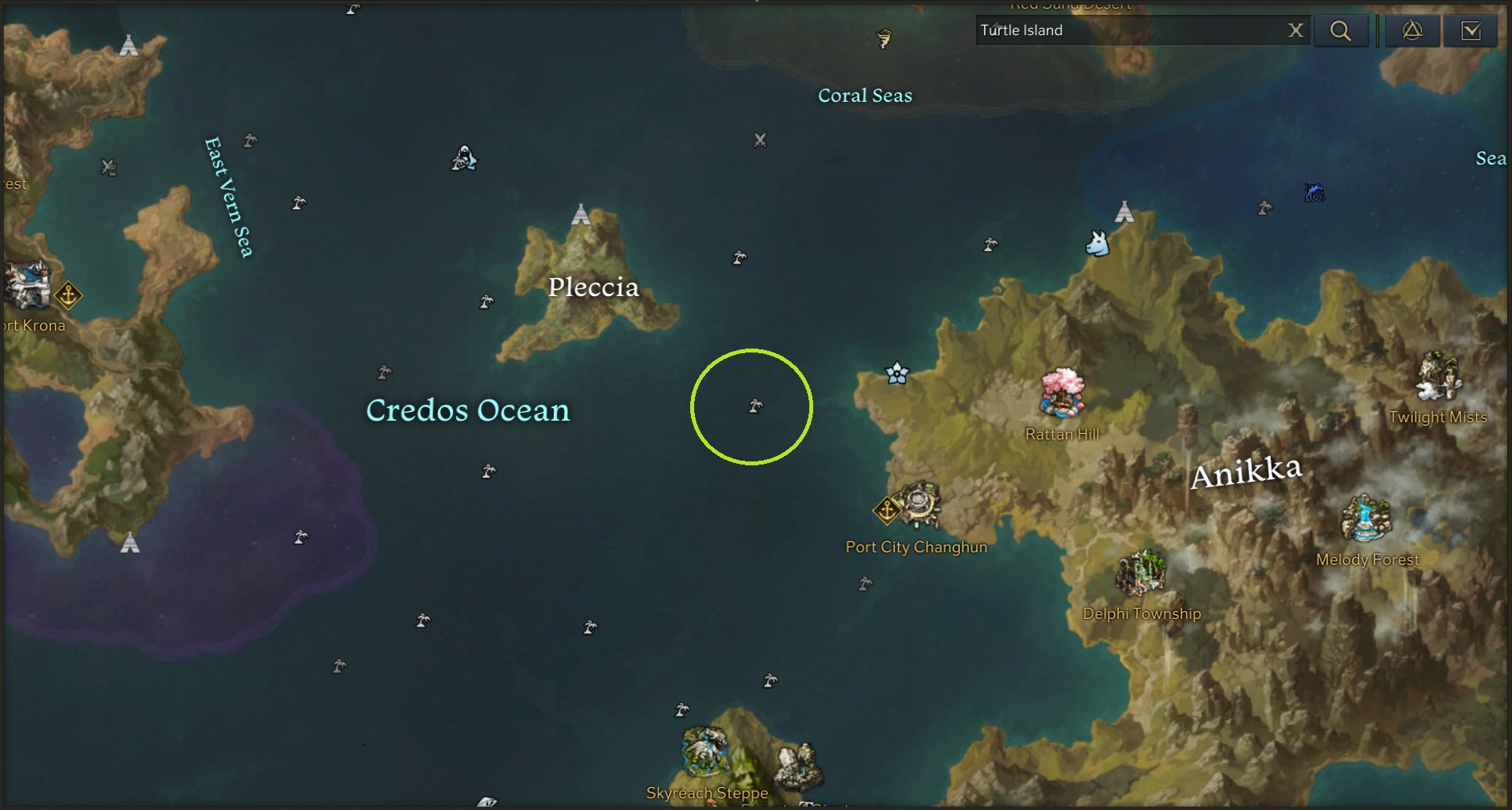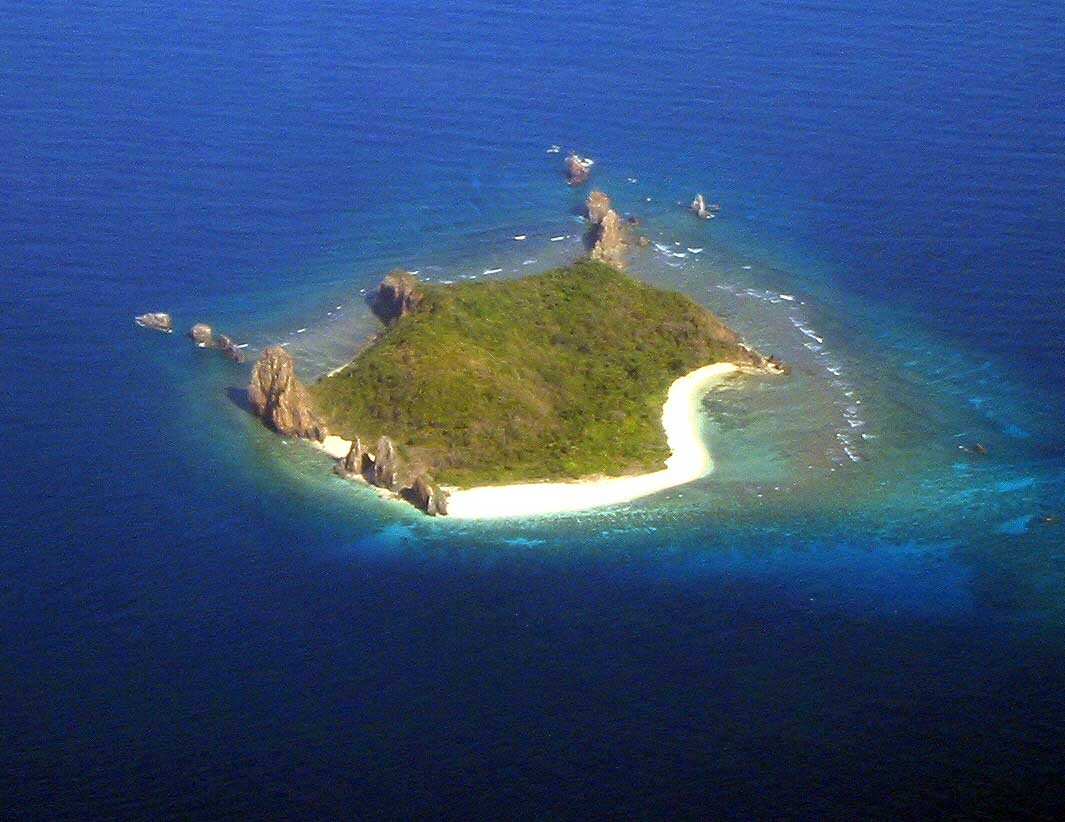
Turtle Island: Unearthing the Location of a Continent and a Consciousness
Where is Turtle Island located? The question, seemingly straightforward, unveils a profound and multi-layered answer that transcends simple cartography. It is not a tiny dot on a map, nor a forgotten landmass. Instead, Turtle Island is the Indigenous name for the continent commonly known today as North America, and its location is not just geographical but deeply embedded in creation stories, cultural identity, and a spiritual relationship with the land that predates colonial concepts by millennia.
To truly locate Turtle Island, one must embark on a journey that bridges the physical world with the spiritual, the historical with the contemporary. It is a place both tangible and symbolic, a foundation for countless Indigenous nations, and a term experiencing a powerful resurgence in modern discourse.
The Genesis: A Continent Born from Water and Willpower
At its core, Turtle Island’s location is defined by ancient creation narratives shared by numerous Indigenous peoples across what is now Canada and the United States. While stories vary in detail from nation to nation, a common thread describes a world submerged by a great flood. In this catastrophic scenario, a powerful spirit or an animal, often a muskrat, otter, or loon, dives deep beneath the waters to retrieve a handful of soil. This tiny bit of earth is then placed upon the back of a giant turtle, which, through immense strength and will, begins to grow, forming the vast landmass we inhabit today.
For the Anishinaabe (Ojibwe, Odawa, Potawatomi), the Haudenosaunee (Iroquois Confederacy), the Lenape (Delaware), and many others, this is not merely a myth but a foundational truth, a sacred history that explains their existence and their deep connection to the land. The turtle’s back is their home, their sacred ground, their entire world. "It is the source of life, the place where all beings are interconnected," explains an elder from the Anishinaabe tradition. "Our stories teach us that we are guests here, with a responsibility to care for this land, just as the turtle cares for us."

This origin story immediately establishes Turtle Island not as a political construct, but as a living entity, a sacred being that supports all life. Its "location" therefore encompasses the entire landmass, from the Arctic tundras in the north to the Gulf Coast in the south, and from the Atlantic shores in the east to the Pacific in the west. It includes the vast plains, the towering mountains, the dense forests, and the intricate river systems that crisscross the continent.
Mapping the Indigenous Continent: Beyond Colonial Borders
When Indigenous peoples refer to Turtle Island, they are speaking of the land mass that European colonizers later arbitrarily divided and renamed North America, Canada, the United States, and Mexico. They are reclaiming a name that asserts a continuous presence and sovereignty that predates any colonial claim.
For centuries, maps have been tools of colonization, imposing foreign names and borders onto Indigenous territories. The name "North America" itself is a European invention, derived from Amerigo Vespucci. By contrast, "Turtle Island" is a name that springs from the land itself, from its spiritual origins, and from the languages of its original inhabitants.
"Calling this place Turtle Island is an act of decolonization," states Leanne Betasamosake Simpson, a renowned Michi Saagiig Nishnaabeg scholar and writer. "It reminds us that this land has a name, a history, and a set of relationships that existed long before the settlers arrived. It’s about remembering who we are and where we come from."
Therefore, geographically, Turtle Island is precisely where the United States, Canada, and parts of Mexico are situated. However, its "location" is understood without the artificial boundaries drawn by colonial powers. It is a fluid, interconnected landscape, where rivers are veins, mountains are bones, and forests are lungs – all part of the living body of the turtle. Indigenous nations often refer to their specific territories within Turtle Island, but the overarching concept provides a unifying identity for peoples across the continent.
Cultural and Spiritual GPS: A Way of Being
Beyond its physical boundaries, Turtle Island’s location is also deeply cultural and spiritual. It represents a worldview that contrasts sharply with the Western concept of land as property to be owned and exploited. For Indigenous peoples, Turtle Island is not merely a resource; it is a relative, a provider, a sacred trust.
This spiritual "location" dictates a way of life centered on reciprocity, respect, and responsibility. The teachings associated with Turtle Island emphasize the interconnectedness of all beings – humans, animals, plants, water, and air. Humans are not superior to nature but are an integral part of it, with a duty to act as stewards for future generations.

"Our ancestors always understood that we are part of the web of life on Turtle Island," says a Navajo elder. "The land feeds us, the water sustains us, the air breathes life into us. In return, we must protect it, honor it, and live in balance. This is not just a story; it is our instruction manual for living."
This means that to "locate" Turtle Island is to find oneself in a relationship of profound respect and interdependence with the natural world. It means understanding that the health of the land directly correlates with the health of the people. This consciousness shapes everything from traditional governance structures to ceremonial practices, agricultural methods, and artistic expressions.
Turtle Island Today: A Resurgence of Identity and Sovereignty
In the 21st century, the term "Turtle Island" is experiencing a powerful resurgence. It is increasingly used by Indigenous activists, scholars, artists, and community leaders as a deliberate choice to assert Indigenous identity, sovereignty, and a distinct worldview.
You will hear "Turtle Island" in land acknowledgments at conferences and events, replacing "North America" as a conscious act of decolonization and recognition of original inhabitants. It appears in the titles of books, films, and art exhibitions, signalling an Indigenous perspective. It is a rallying cry in environmental movements, advocating for the protection of sacred sites and natural resources.
For many, using "Turtle Island" is a political statement. It challenges the dominant colonial narrative and reminds everyone that Indigenous peoples are still here, resilient and thriving, with their own names for their homelands. It serves as a constant reminder of the unfinished business of reconciliation, land rights, and self-determination.
The increasing visibility of "Turtle Island" in mainstream dialogue is a testament to the enduring strength and influence of Indigenous cultures. It invites non-Indigenous people to learn a deeper history, to reconsider their relationship with the land, and to understand the profound spiritual and cultural geography that underlies the familiar maps.
Not to be Confused: The Literal vs. The Conceptual
It is important to note that while the primary and most significant meaning of "Turtle Island" refers to the continent of North America in Indigenous traditions, there are also literal small islands around the world named "Turtle Island" (e.g., in Malaysia, the Philippines, or the Caribbean). These are distinct geographical locations and are not connected to the Indigenous North American creation stories or the continental concept discussed here. The "Turtle Island" of Indigenous lore is a conceptual and cultural designation for the continent itself, not a specific small island.
Conclusion: Locating a Legacy
So, where is Turtle Island located? It is everywhere that the winds sweep across the prairies, where the rivers flow to the sea, where the mountains touch the sky, and where the ancient stories continue to be told. It is the physical land beneath our feet, stretching from pole to tropics, across vast oceans. But more profoundly, it is located in the hearts and minds of Indigenous peoples, a sacred trust, a living being, and a profound declaration of identity and sovereignty.
To truly locate Turtle Island is to embark on a journey of understanding, respect, and decolonization. It means recognizing that this continent has a name far older than any European designation, a history far richer, and a future that is inextricably linked to the wisdom of its original caretakers. Turtle Island is not just a place on a map; it is a way of seeing the world, a call to remember our responsibilities, and a powerful vision for a more harmonious future.


